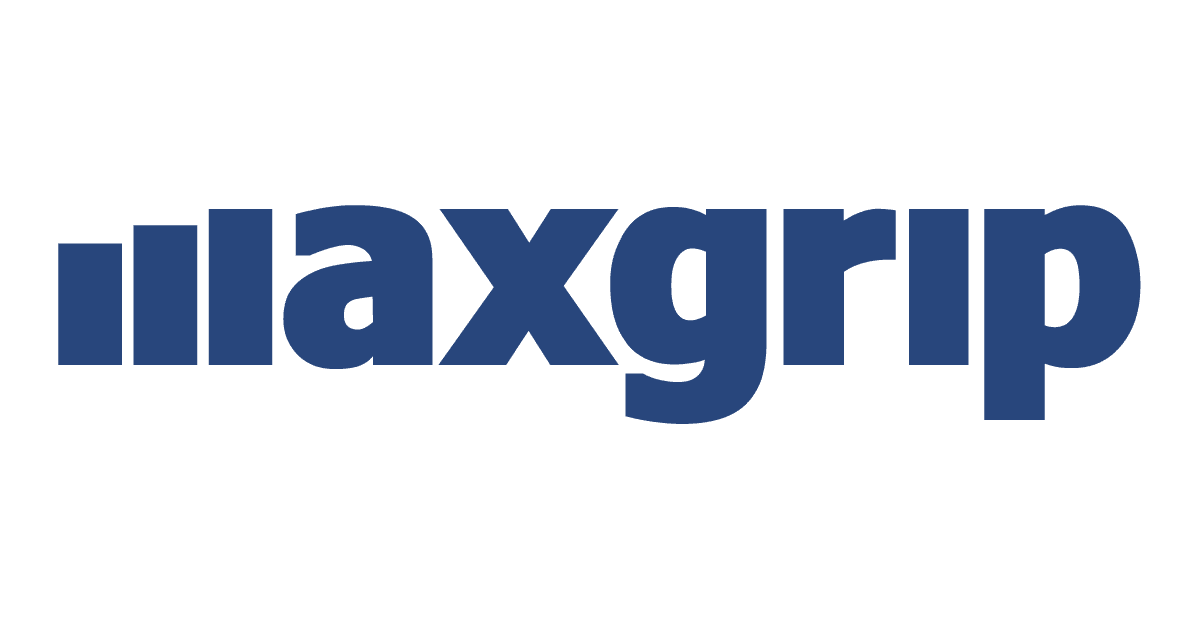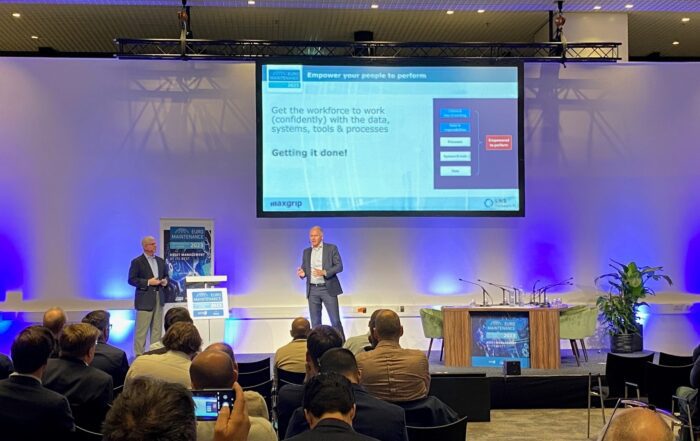This global pharmaceuticals company operates across four continents and turned to MaxGrip for assistance improving their asset management strategy. MaxGrip was brought on board to optimize their maintenance approach through our Asset Improvement Mapping. By mapping their current situation and generating a clear-cut action plan, MaxGrip was able to project over $270,000 in net savings for the first year.
Case study – highlights
Approach
The Asset Improvement Mapping was done through interviews with key representatives of production, materials management, and maintenance. Interview responses are supported through review of documentation and evidence provided. Twenty individuals were interviewed, including personnel from maintenance, upper management, reliability engineering, procurement, warehousing and production. Additionally, asset hierarchy, Critically Analysis, RCM studies, RCA’s, WO history, spare parts inventory and other documents were collected in conjunction with various facility walkdowns.
Recommended action plan
MaxGrip proposed a four point action plan to optimize this company’s maintenance approach and reduce overall costs. The action plan included four categories:
- Work process control – Roles needed to be clearly defined and responsibilities for all support functions defined within the new plan
- Asset criticality – The current asset criticality distribution requires validating utilizing multidisciplinary inputs across all support functions defined in the new plan
- Reliability – Formal RCA (Root Cause Analysis) /FMEA (Failure Modes and Effects Analysis) processes need development to establish defensible maintenance strategies for critical equipment
- PM optimization – Finally, utilize newly validated asset criticality to drive risk-based maintenance strategies on critical equipment
Results
MaxGrip’s Asset Improvement Mapping projected over $270,000 in net savings through asset management optimization within the first year. By moving low criticality PMs from time-based calibrations to a condition-based calibration strategy, low criticality PMs could be reduced by 50% and save up to 3,000 man-hours per year. An additional $12,500 will be saved by increasing the on-hand spare parts in the warehouse for PM work orders. In addition, the business case scoped and showed the potential for global standardization of the maintenance approach.
Get inspired
Mark Mulder (CEO): During 15+ years working at MaxGrip, there is one key opportunity emerge: connecting and uniting Maintenance & Operations.
Discover MaxGrip's standout role in Industrial Asset Management Technology with our Verdantix-backed report. Unveil the insights that position MaxGrip as the only innovator in this field. Download now your copy.
MaxGrip played a large part in the program with two keynotes and five workshops with Waternet, ONE-Dyas, TenneT, Victrex, LNS Research and IFS Ultimo.





